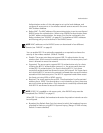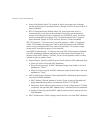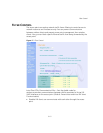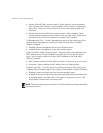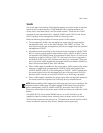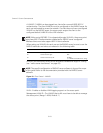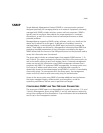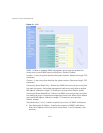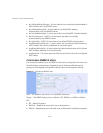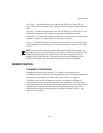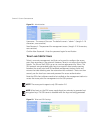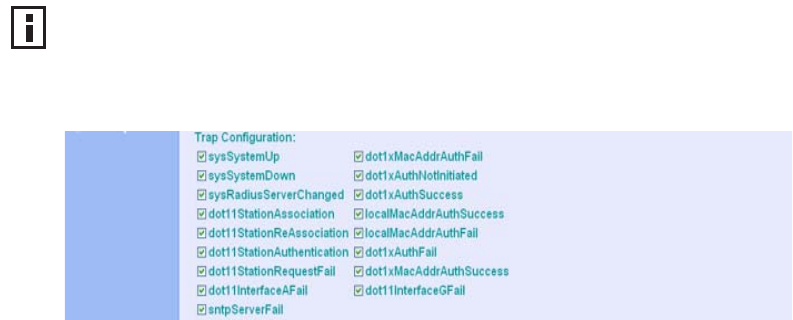
5-21
SNMP
Trap Destination Community Name – The community string sent with the
notification operation. (Maximum length: 23 characters, case sensitive;
Default:
public)
Engine ID – Sets the engine identifier for the SNMPv3 agent that resides on the
access point. This engine protects against message replay, delay, and redirection.
The engine ID is also used in combination with user passwords to generate the
security keys for authenticating and encrypting SNMPv3 packets. A default
engine ID is automatically generated that is unique to the access point. (Range:
10 to 64 hexadecimal characters)
Figure 20 Trap Configuration
Trap Configuration – Allows selection of specific SNMP notifications to send. The
following items are available:
sysSystemUp - The access point is up and running.
sysSystemDown - The access point is about to shutdown and reboot.
sysRadiusServerChanged - The access point has changed from the primary
RADIUS server to the secondary, or from the secondary to the primary.
dot11StationAssociation - A client station has successfully associated with the
access point.
dot11StationReAssociation - A client station has successfully re-associated with
the access point.
dot11StationAuthentication - A client station has been successfully
authenticated.
dot11StationRequestFail - A client station has failed association, re-association,
or authentication.
dot11InterfaceGFail - The 802.11b interface has failed.
dot11InterfaceAFail - The 802.11a or 802.11g interface has failed.
NOTE: If the local engine ID is deleted or changed, all SNMP users will be cleared.
All existing users will need to be re-configured. If you want to change the default
engine ID, change it first before configuring other SNMP v3 parameters.



